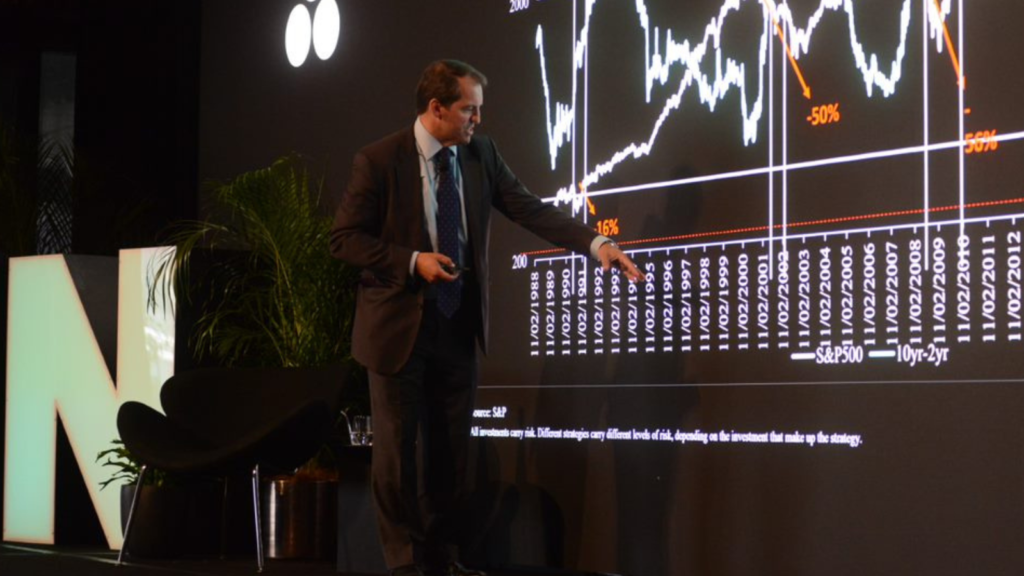Market neutral is for all seasons, not just volatile periods: Yarra
Investing in pairs may provide an effective means to protecting the downside during periods of heightened volatility, but it can also be used as an alpha generating hedge through docile markets as well, according to Andrew Smith, Yarra Capital’s portfolio manager for market neutral strategies.
Instead of being a strict on-or-off proposition, Smith says market neutral is a strategy for all seasons that can be safely dialled up to act as a hedge during volatile periods, and dialled back down when markets settle.
The key, he says, is that market neutral should be not only used as lever for investors that want an on-call safety valve for volatility, but retained as a strategic holding to drive portfolio performance throughout market seasonality.
“A question I always get is people saying, ‘Andrew, when’s the best time to be getting market neutral? We want some capital protection and we want the downside risk taken out. Is now the time?'” Smith said at The Inside Network’s recent Alternatives event in Melbourne.
“I always try and twist that question around a little bit. Perhaps we should be asking, ‘what’s the preferred weight of market neutral now?’ So in a heightened risk environment, like now, perhaps you have a slightly higher weight and in a more normalised environment, you have a lower weight. But you probably have a weight through the cycle.”
The market neutral investment style itself is predicated on taking industry-linked long and short positions to decrease the risk of returns being compromised by broad market movements. Effectively, the long and short positions act as a hedge against each other.
Smith gave the example of ANZ and Bendigo, two banks whose valuations looked set to diverge in the wake of the Hayne Royal Commission into misconduct in the banking financial services.
“[The commission] only affected the big four banks. Obviously, Bendigo being a regional meant it was outperforming, while ANZ was going badly. We felt we understood what was driving that trade, so we put it on,” he said.
In this instance, Yarra was able to employ its market neutral strategy on both sides of the market movement, shorting ANZ and taking a long holding on Bendigo before the commission carnage, then buying back into ANZ and shorting Bendigo at the inflated price point on the other side of it.
“We took the trade off, and lo and behold it was just a month or two later that people realised that the Royal Commission wasn’t going to have the impact that they expected,” he recalled.
While 2018 was a period of heightened volatility in the banking sector due to the Royal Commission, Smith’s view is that these displacements in the market occur at a frequent rate. Experts that can find those twin market “pairs” can therefore generate uncorrelated returns while maintaining a modicum of downside protection via the sector hedge.
“There’s always things going on that are driving relationships with stocks, so think BHP and Rio, Santos and Woodside, Coles and Woolworths, all of those different pairs that meet our filter.”









